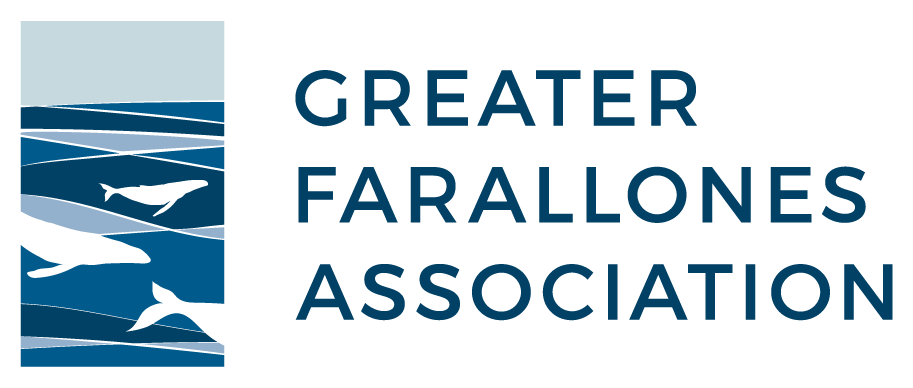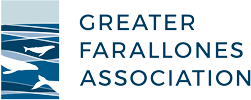11 Feb Beach Watch & Partners Show Link between Marine Heatwave & Common Murre Die-off
[vc_row css_animation="" row_type="row" use_row_as_full_screen_section="no" type="full_width" angled_section="no" text_align="left" background_image_as_pattern="without_pattern"][vc_column][vc_column_text] In January 2020, Beach Watch staff and west coast-wide partners published a paper in PLOS ONE linking the an unprecedented common murre die-off to what scientists call the warm water “Blob”—a large-scale ocean warming event (aka marine heatwave) in the Pacific Ocean during 2014-2015. According to the paper, in 2015-16, about 62,000 dead or dying common murres (Uria aalge) washed ashore on beaches from California to Alaska, and that as many as 1 million birds may have perished during this time, accounting for an estimated 10-20 percent of the North Pacific population. “Die-offs and breeding failures occur sporadically in murres, but the magnitude, duration and spatial extent of this die-off, associated with multi-colony and multi-year reproductive failures, is unprecedented and astonishing,” according to the paper. The research team says the link between the massive marine heatwave and the die-off is diminished forage fish, a major food source for common murres. Research shows that the prolonged marine heatwave negatively impacted the amount and quality of phyto-and zooplankton, the primary food source for forage fish. This, among other factors detailed in the paper, led to reduced forage fish—and subsequently murre—populations. Marine heatwaves like the ‘Blob’ can significantly alter marine ecosystem structure. They are happening more frequently and impacting marine life. Our Beach Watch program collects critical data on marine life and human activities along the North-central California coast to inform important conservation and resource protection efforts. Greater Farallones Association thanks all of the partners involved in this highly-collaborative research, and its dedicated Beach Watch volunteers who donate their time to collecting important data along the sanctuary coastline. News coverage: Alaska Native News American Association for the Advancement of Science (AAAS) EurekaAlert! Associated Press EcoWatch Futurity Live Science Los Angeles Times MEAWW Mirage News Mother Jones New York Times PhysOrg Science News ScienceBlog Sit News (Ketchikan, Alaska) University of Washington News U.S. News Learn more about Beach Watch. View the publication at PLOS ONE Greater Farallones Association Contributing Author: Kirsten Lindquist, Ecosystem Monitoring Manager Greater Farallones National Marine Sanctuary Contributing Author: Jan Roletta, Research Coordinator Publication Abstract: About 62,000 dead or dying common murres (Uria aalge), the trophically dominant fish-eating seabird of the North Pacific, washed ashore between summer 2015 and spring 2016 on beaches from California to Alaska. Most birds were severely emaciated and, so far, no evidence for anything other than starvation was found to explain this mass mortality. Three-quarters of murres were found in the Gulf of Alaska and the remainder along the West Coast. Studies show that only a fraction of birds that die at sea typically wash ashore, and we estimate that total mortality approached 1 million birds. About two-thirds of murres killed were adults, a substantial blow to breeding populations. Additionally, 22 complete reproductive failures were observed at multiple colonies region-wide during (2015) and after (2016–2017) the mass mortality event. Die-offs and breeding failures occur sporadically in murres, but the magnitude, duration and spatial extent of this die-off, associated with multi-colony and multi-year reproductive failures, is unprecedented and astonishing. These events co-occurred with the most powerful marine heatwave on record that persisted through 2014–2016 and created an enormous...

